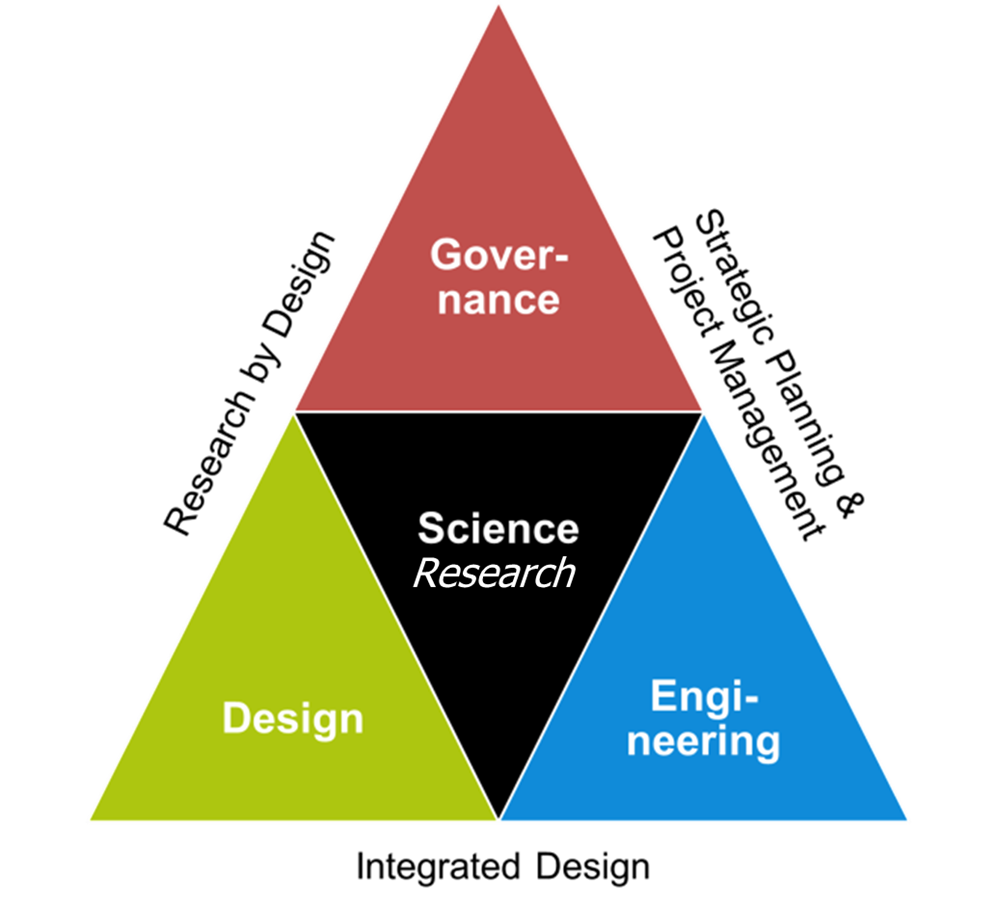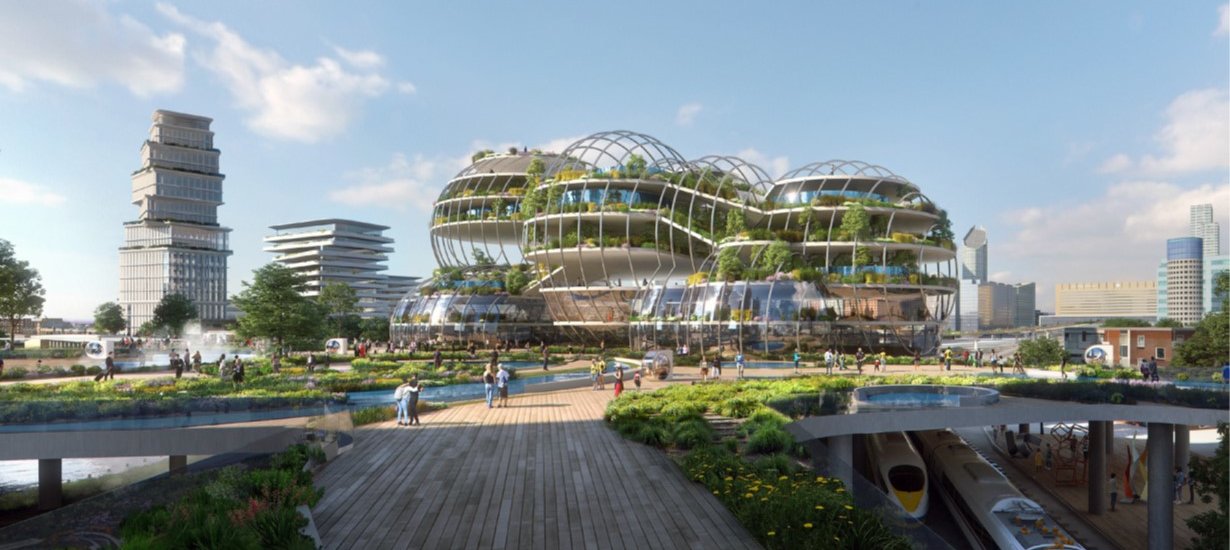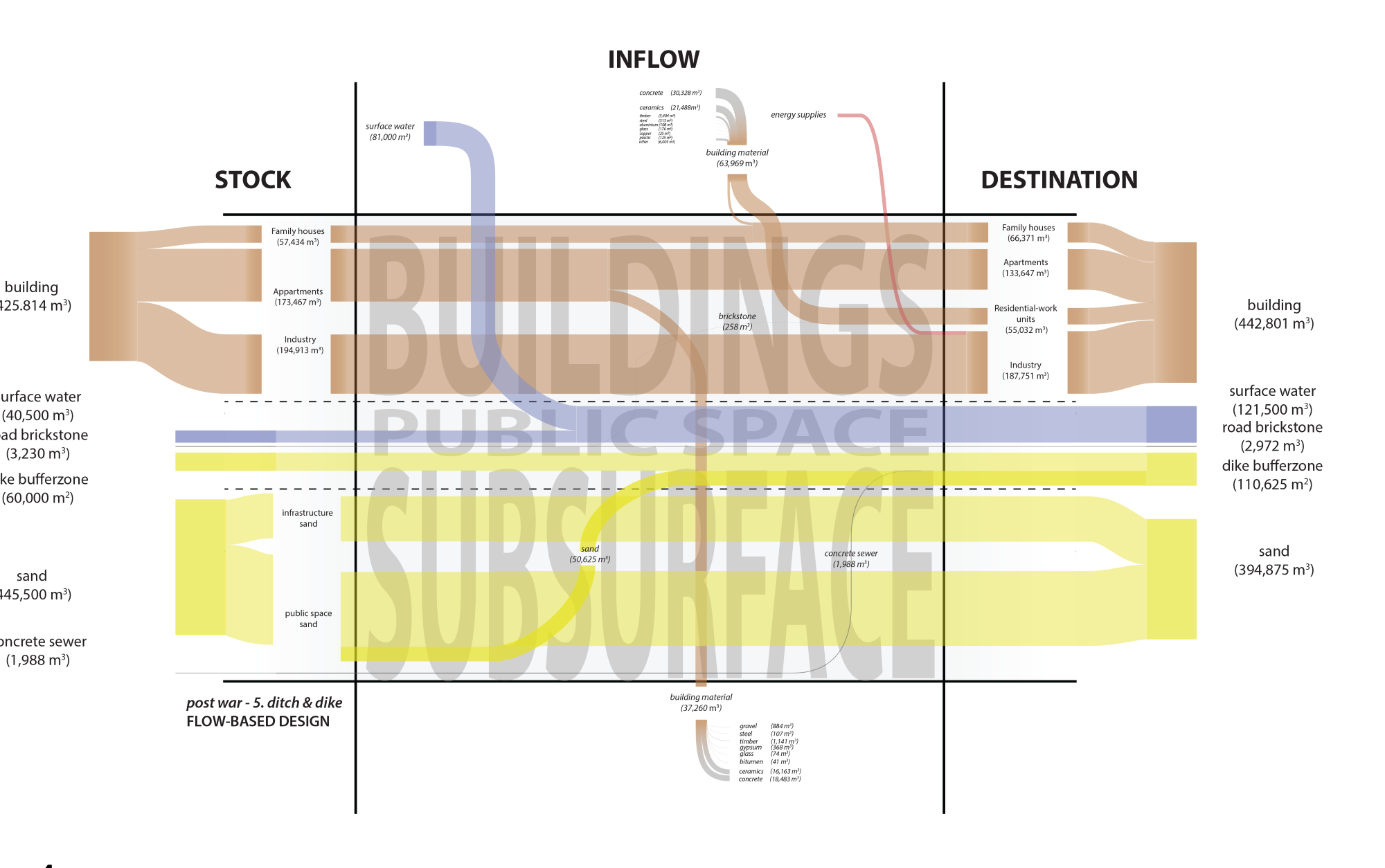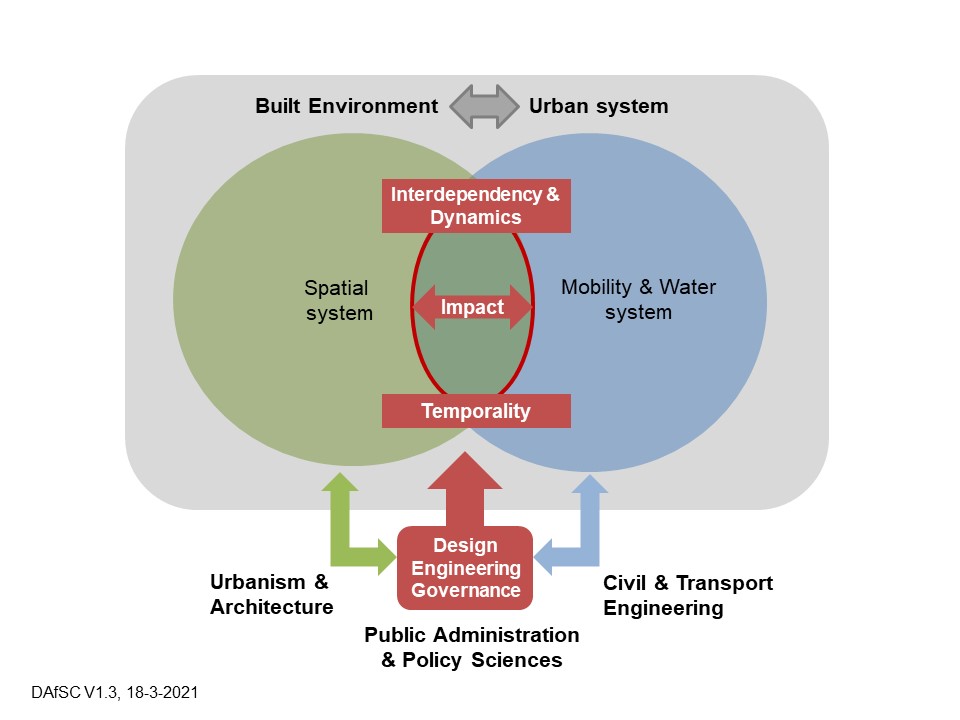Future (proof) Built Environment & Urban Infrastructures
Issues and challenges for the urban environment and metropolitan regions
Transport infrastructures are key for accessibility and for functioning of our cities and metropolitan regions. From highways, city arteries and railway tracks too streets, bicycle lanes and sidewalks each of those supports our need and wish for mobility in a social or economic context. Mostly these networks are separated due to different modes of transport and for safety reasons. At several locations different networks are interconnected by railway stations or Park & Ride facilities in order to transfer to other transport modes as a transition from a higher to a lower spatial scale or vice versa.
However all networks and nodes need space and could act as barriers like a railway bank or busy city streets with four lanes which cut-off neighbourhoods. For many decades and especially since the celebration of the car as symbol of prosperity, freedom and autonomy public space is literally sacrificed by wide roads and parking spaces.
Already we are facing difficulties in organizing the growth and flow of traffic and the necessary infrastructures including its use of space and high investments. Even when the use of cars in cities is partly overtaken by public transport and cycling the need and wish for mobility grows by the dynamic relationship of scales between city, suburbs and region and by the spatial separation of functions and facilities. They all together causing car congestion and crowded public transport vehicles. On top of the present daily urban system there is a growth of inhabitants and visitors which even causing more demand.
Apart from the issues related to the interdependency and dynamics of land-use, transport and economy we are facing also environmental issues like noise and emission causing health difficulties and giving lesser quality of life. Related climate issues like severe rainfall are causing inundation of streets or tunnels or long periods of drought causing excessive heath due to a densely built environment with large surfaces of infrastructures and with little natural spaces.
Should we deal with all these issues by making our present systems more efficient up to its limits as we have done before? And at the same time enlarging its vulnerability to all kind of disruptions? Promoting resilient social responses in a context of governmental and organizational fragmentation? Introducing more redundancy in systems while the lowest bid for interventions or solutions is most preferable? Or should we develop other perspectives for our systems with the assumption that we are able and open for a paradigm shift? Abridging sectorial positions, different levels of governance and disciplinary perspectives?
Societal interaction and contribution combined with scientific development
Within the theme of Future (proof) & Urban Infrastructures DIMI is (co-)initiating and participating in several projects with societal actors and stakeholders particularly focused on transport infrastructures and its spatial and environmental impact as backbone for the daily urban system in the context of a metropolitan region. This complex system of systems with its sectorial, disciplinary frameworks and boundaries has to transform over time in order to guarantee accessibility, liveability, sustainability and prosperity for our urbanized society. Societal issues as the on-going urbanization and need for climate adaptation in combination with transitions in mobility, energy, digitization and resource efficiency are affecting the system as a whole and not only its sub-systems and components.
The projects are at the same time vehicles for collaboration with societal actors and stakeholders from practice in developing future visions and finding clues for problem solving as well research and education cases for enhancing insights, extending the body of knowledge and for developing the design competences of students.
In a methodological sense DIMI distinct three integrated approaches:
- Research by Design: making use of design and futuristic views for spatial and environmental issues at the backdrop of large timeframes and several uncertainties in a preliminary stage of idea and vision development and problem definition from an equivalent, collaborative and multidisciplinary actor and stakeholder approach;
- Strategic Planning and Project Management: multi-actor and -stakeholder approaches: for adaptive programmes and subsequent projects and its framework including a shared vision, objectives, criteria and contract forms in a policy context; and for the set-up and management of complex, time- and budget bound infrastructure projects in a life-cycle context;
- Integrated Design: addressing several levels and types of integration in one coherent approach for integrating functions of an infrastructure object, its integration in the transport or water system, its spatial and environmental integration and at last its morphological and ecological integration in order to connect scales, layers and systems.
Actual projects and activities in which DIMI is participating
Recent projects and activities in which DIMI has participated
- Highway x City
- Stad x Klimaat
- Designing Transit Oriented Development – Zaancorridor
- Intelligent Sub-surfaces
- Project Stad x Ruimte
For more information: Hans de Boer




